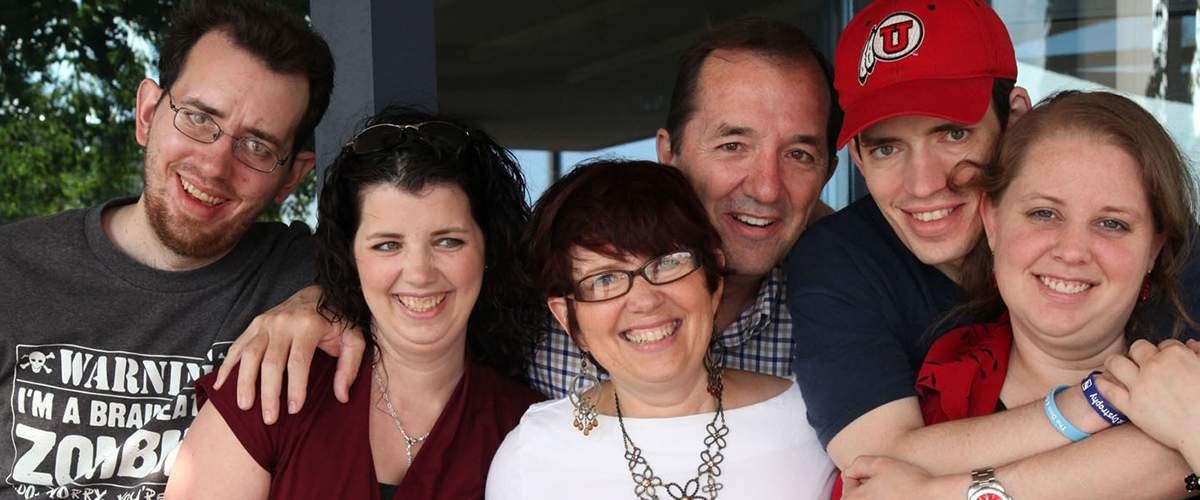Generating "Benefit/Risk" Information for Drug Assessment
As part of our investment in the development of effective treatments for myotonic dystrophy, MDF is helping develop what is called "benefit/risk" information for regulatory agencies reviewing potential therapies. We need to better understand how people with DM weigh the benefits of new treatments against the risks these therapies might pose. To do this, MDF worked with Silicon Valley Research Group to conduct a survey that presented a series of hypothetical new treatments and asked that MDF community members choose the drug benefits that were most important, and what what they thought of potential side effects (some readers may recall having received an email solicitation for this survey over the summer).
This type of analysis is called “Max-Diff Analysis” or sometimes “Best-Worst Scaling” and has been used in other benefit-risk studies and by the Food and Drug Administration (FDA) to develop "benefit/risk" information. This method allows us to use robust statistics to determine, on average, what risks people living with myotonic dystrophy are or are not willing to accept for a given therapeutic benefit. The FDA and other international regulatory agencies are very interested in this information.
A special thank you goes out to the 267 of MDF community members with DM1 and DM2 who met the entry criteria for the survey and soldiered through what may have felt like a lengthy and repetitive series of questions.
What We Learned
The survey showed that reversing, stopping and slowing the progression of muscle weakness were the most preferred benefits, in that order. The side effects community members were most willing to tolerate overall for any therapy benefit were loss of appetite and a small increase in tiredness.
People in the study also completed a short survey to rate the severity of their myotonic dystrophy. Scores were grouped into mild, moderate and severe categories. For the majority of benefits, those with all levels of severity were similar in their willingness to tolerate side effects, except that those with more severe myotonic dystrophy were less willing to risk liver failure for any type of therapeutic benefit. Also, those with the highest severity rating for their myotonic dystrophy were more willing to tolerate an increase in tiredness if the drug could stop or reduce myotonia. The data reported here are based on the survey responses from those with DM1. The responses from those with DM2 are being analyzed now.
What's Next
These results were presented on September 17th at the MDF-sponsored all-day regulatory workshop on therapeutic development for myotonic dystrophy, which was attended by FDA staff, members of industry and the academic community. Next steps will likely include an in-depth follow-on study that looks at the benefit-risk preferences of caregivers and younger people with myotonic dystrophy. MDF is also investigating ways to collect “qualitative” data, such as stories and open-ended comments, regarding the benefit-risk preferences of those with myotonic dystrophy. Ultimately this information will be made available to FDA reviewers to help ensure that the opinions and preferences of those with myotonic dystrophy and their families are included the approval process for new therapies.

